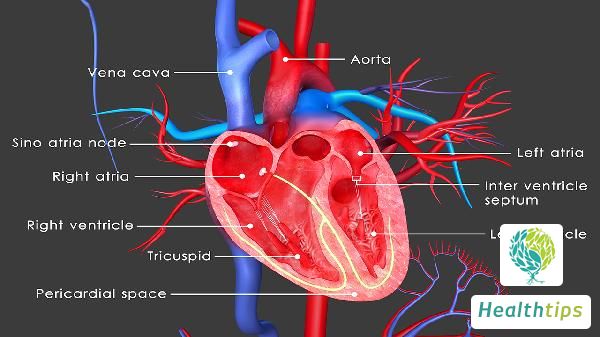Is Interstitial Lung Disease a Serious Condition?
If they are caused by bacterial or viral pneumonia, the condition is usually controllable and does not constitute a major illness. However, if they originate from lung cancer, due to its diffusive and metastatic nature, the treatment cycle is long, and the impact on the body is significant, making it considered a serious illness.

Bacterial and viral pneumonia are common causes of interstitial lung changes. As the number of pathogens increases, they stimulate and damage the lungs, leading to symptoms such as cough and expectoration. Radiological examinations, such as CT or MRI, can observe changes in the lung interstitium. The prognosis for these diseases is usually good after aggressive treatment, and they do not cause long-term irreversible effects on the body.
In contrast, interstitial lung changes caused by lung cancer are more severe. Tumor growth not only affects the normal structure of the lungs but may also induce persistent symptoms such as cough, blood-streaked sputum, and shortness of breath. The diffusive and metastatic nature of lung cancer complicates treatment and has a more profound impact on the body.
In addition to the above causes, interstitial lung disease and connective tissue diseases may also lead to interstitial lung changes. These diseases are themselves serious and require timely diagnosis and treatment.
For the treatment of interstitial lung changes, dietary modulation and daily care are foundational. Patients should avoid spicy foods, consume more lung-cleaning vegetables, and maintain fresh indoor air. In terms of pharmacological treatment, antiviral and antibacterial drugs can be selected based on the cause, or nebulization therapy can be used to alleviate symptoms.
Interstitial lung changes are not a single disease but a radiological manifestation that may result from various lung diseases. Its severity depends on the specific cause. Once related symptoms appear, one should seek medical attention promptly, clarify the cause, and receive targeted treatment. Through scientific treatment and care, most patients can effectively control their condition and recover their health.



















